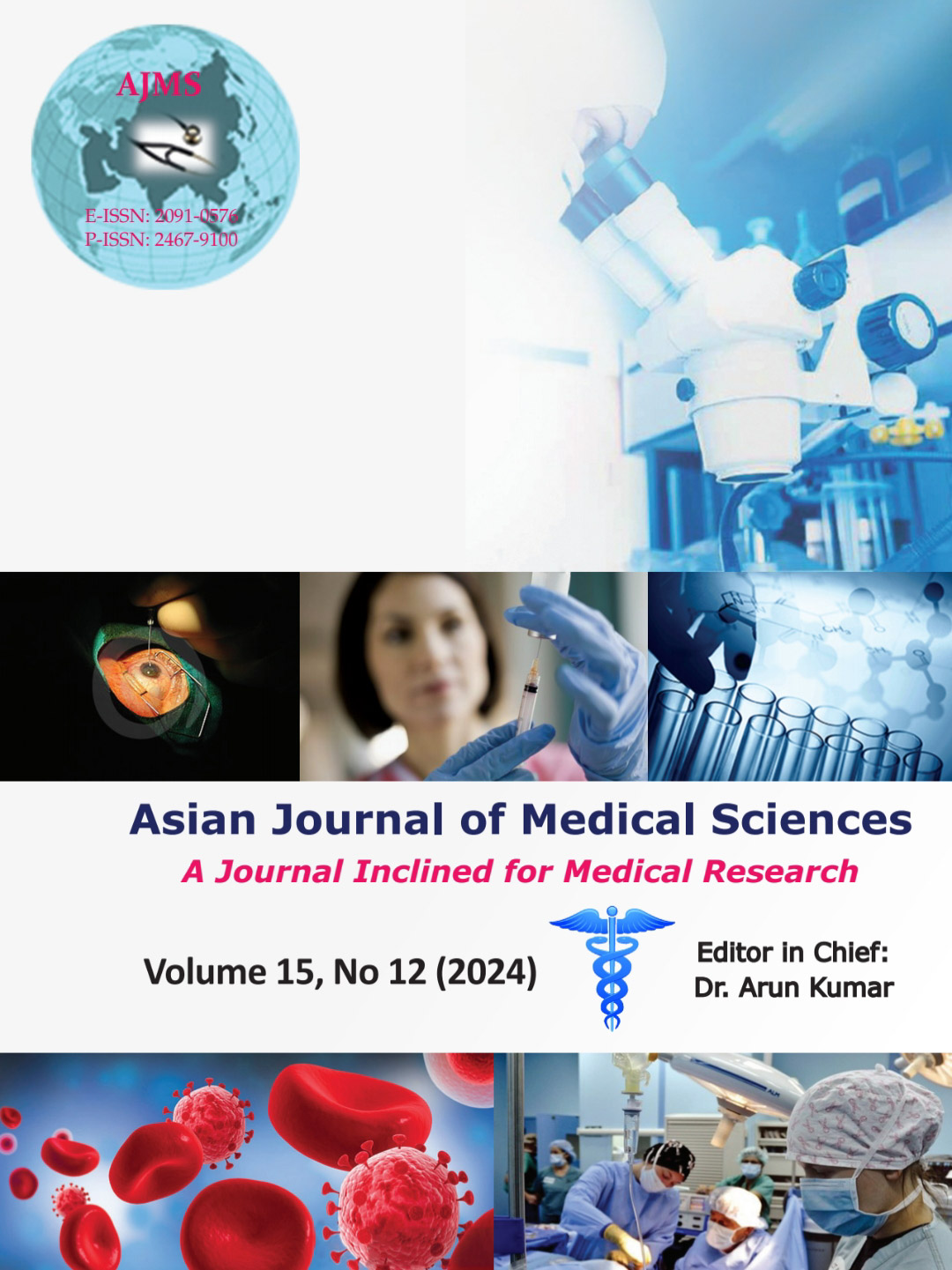Current prevalence of rotator cuff tear in Type 2 diabetes mellitus patients and its association with type of diabetic drug regime (OHA’S vs. insulin therapy) – A prospective study
Keywords:
Rotator cuff tear; Oral hypoglycemic agents; Insulin; Diabetes mellitus; Shoulder painAbstract
Background: A prospective study to assess the prevalence of rotator cuff (RC) tears in patients with Type 2 diabetes mellitus.
Aims and Objectives: The purpose of this study is to assess the prevalence of RC tear in Type 2 diabetes mellitus patients presenting with shoulder pain to the outpatient clinic.
Materials and Methods: A total of 100 diabetic patients with shoulder pain and restriction of movements formed the study group and were prospectively studied using magnetic resonance imaging and were evaluated with regard to the presence of RC tear. The factors that were analyzed included HBA1C levels, duration of diabetes, and type of diabetic medication. All these factors were evaluated with regard to their correlation with RC tear.
Results: In our study, we found that the prevalence of RC tear was 37% and there seemed to be a significant correlation between HBA1C levels (P=0.007) as well as prolonged duration of diabetes (P=0.006) with RC tear. It has been established in our study that the occurrence of RC tear is lesser in oral hypoglycemic agents group as compared to insulin group in treating diabetic patients.
Conclusion: One independent risk factor for RC tear is diabetes. The prevalence of RC tear is higher in the diabetic population with increased HBA1c levels and prolonged duration of diabetes mellitus. Metformin usage in diabetes mellitus has been associated with reduced incidence of RC tear due to diminished impregnation of advanced glycation end products with in the RC tendon.
Downloads
Downloads
Published
How to Cite
Issue
Section
License
Copyright (c) 2024 Asian Journal of Medical Sciences

This work is licensed under a Creative Commons Attribution-NonCommercial 4.0 International License.
Authors who publish with this journal agree to the following terms:
- The journal holds copyright and publishes the work under a Creative Commons CC-BY-NC license that permits use, distribution and reprduction in any medium, provided the original work is properly cited and is not used for commercial purposes. The journal should be recognised as the original publisher of this work.
- Authors are able to enter into separate, additional contractual arrangements for the non-exclusive distribution of the journal's published version of the work (e.g., post it to an institutional repository or publish it in a book), with an acknowledgement of its initial publication in this journal.
- Authors are permitted and encouraged to post their work online (e.g., in institutional repositories or on their website) prior to and during the submission process, as it can lead to productive exchanges, as well as earlier and greater citation of published work (See The Effect of Open Access).




